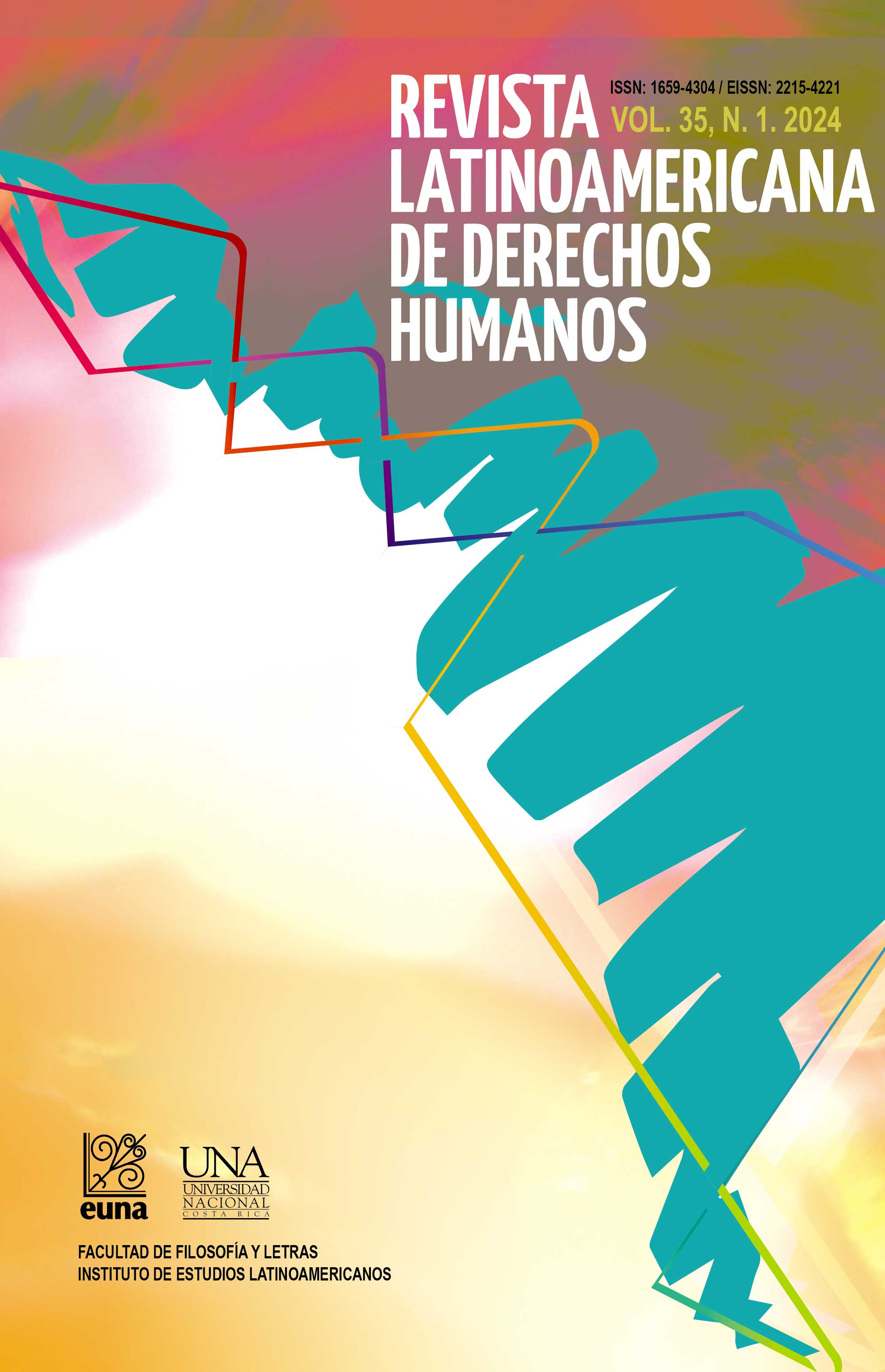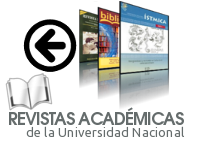What Is Peace? The Perspective of People with Cognitive Disabilities in Costa Rica
DOI:
https://doi.org/10.15359/rldh.35-1.11Abstract
To address the subject of peace, this paper originates from the generative question, ‘What is peace, and how can it be practiced?’ Targeted at the adult population with cognitive disabilities, the study includes students from the Program for the Inclusion of People with Cognitive Disabilities in Higher Education (PROIN) of the University of Costa Rica. The cognitive impairments they experience are deemed to be “mild” or “medium” since they do not hinder the students’ social progression or physical independence. A focus group was conducted with eight people who examined exemplary images (provided in the annexes). The aim was to understand their perception on how visually they differentiate between what is peace and what is not. From this standpoint, discussions on peace, war, and conflict resolution were developed according to the participants’ perspectives. This paper presents the students’ answers and a final reflection on what they consider to be peace through drawings, photos, images, or their hobbies. The study contributes to understanding the participants' perspectives on the topics of interest, how they deal with conflict situations in their daily lives, and how they seek peace in their families and daily environments.
References
Asamblea General de las Naciones Unidas (2006). Convención Internacional de los Derechos de las Personas con Discapacidad. Un.org. https://www.un.org/esa/socdev/enable/documents/tccconvs.pdf
Checa, D. (2014). Estudios para la paz. Una disciplina para transformar el mundo. University and Knowledge: Curricular Developments and Normative Engagements.
Comins, I. (2018) Retos epistemológico-normativos de la investigación para la paz. Revista de Paz y Conflictos pp.143-160. https://doi.org/10.30827/revpaz.v11i2.8388
Comins, I., Martínez, V., Paris, S. (2009). La nueva agenda de la filosofía para el siglo XXI: los estudios para la paz. Convergencia Revista de Ciencias Sociales, pp. 91-114.
Galtung, J. (2003). Presentación. En: Paz por medios pacíficos. Paz y conflictos, desarrollo y civilización, pp. 19-28.
Galtung, J. (2003). Presentación. En: Paz por medios pacíficos. Paz y conflictos, desarrollo y civilización, pp. 31-47.
Gurdián, A. (2007). El Paradigma Cualitativo en la investigación Socio-Educativa. Coordinación Educativa y Cultural Centroamericana (CECC), Agencia Española de Cooperación Internacional (AECI). San José, Costa Rica.
Hernández, D. A. (2019). Nociones de paz: una revisión teórica del concepto. Ciudad Paz-ando, No. 12(1), pp.78-88. https://doi.org/10.14483/2422278X.13951
Jares, X. (1999). La estructuración pedagógica. En: Educación para la paz. Su teoría y su
práctica, cap. 8. Madrid: Editorial Popular, pp.119-148.
Jiménez, F. (2019). Antropología de la violencia: origen, causas y realidad de la violencia híbrida. Revista de Paz y Conflictos, vol. 3: 9-51.
Jiménez, F. (2014). Paz neutra: una ilustración del concepto. Revista de Paz y Conflictos. N.° 7, pp. 19-52.
Organización Mundial de la Salud (OMS). (2011). Informe Mundial sobre la Discapacidad. Ediciones de la OMS. https://www.afro.who.int/sites/default/files/2017-06/9789240688230_spa.pdf
Programa Institucional de Inclusión de Personas con Discapacidad Cognitiva a la Educación Superior (PROIN). (s.f.). Discapacidad cognitiva. Consultado el 10 de abril de 2021. http://www.proin.ucr.ac.cr/la-discapacidad-cognitiva/
Downloads
Published
How to Cite
Issue
Section
License
El material que se publica en esta Revista está bajo una licencia “Creative Commons” 3.0 Costa Rica (CC, Reconocimiento-NoComercial-SinObraDerivada 3.0 Costa Rica (CC BY-NC-ND 3.0 CR) . Esto significa que el material publicado en la revista se puede compartir (copiar y distribuir) en cualquier medio o formato considerando que se debe reconocer de forma adecuada la autoría del material y la fuente, no puede utilizarse con fines comerciales y no se aceptan las obras derivadas (remezclar, transformar o crear a partir del material).








